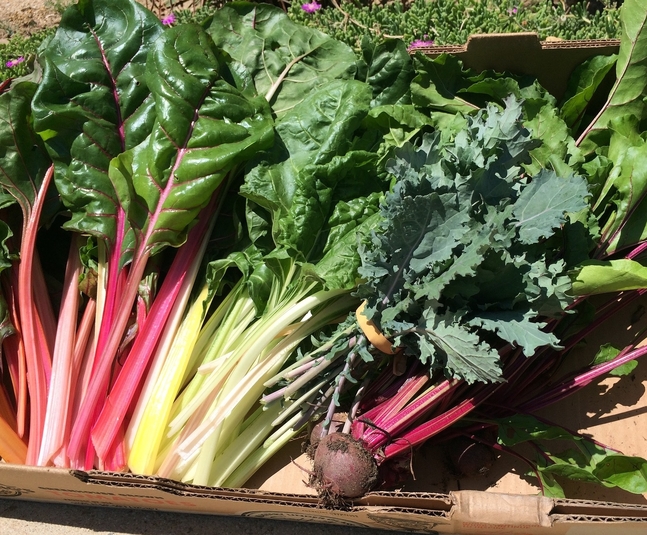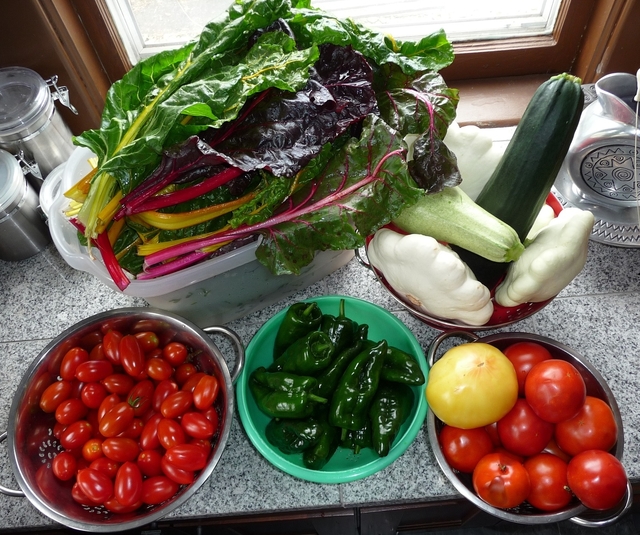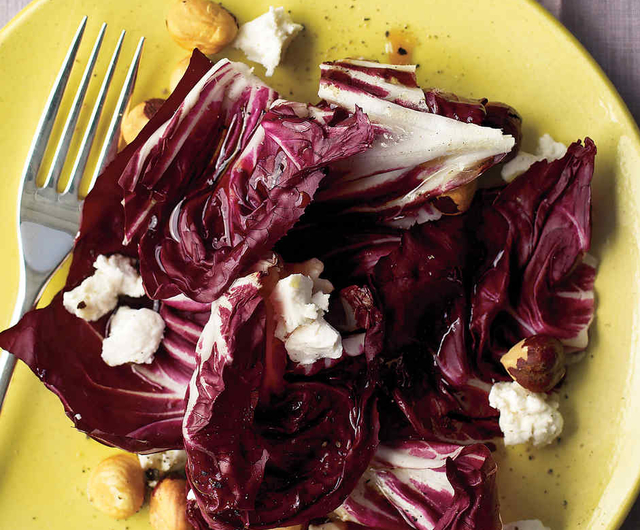
Radicchio
aka Red Chicory
Tender perennial grown as an annual
Height 6-12" Width 6-12"
This bitter Italian heading chicory is a salad favorite for its color alone. It has gorgeous deep garnet white-based leaves that add rich color and texture to salads. The heads are small, reaching a size between an orange and a grapefruit.
Types: Mostly heading types
Starting Seeds of Radicchio
Seed Depth: 1/8th" or less.Seed Spacing: 6" apart.
Germination Temp: Optimum 70-75 degrees.
Days to Germinate: 7-14.
Days to Harvest: 60-65 or 120-130 days, depending on the variety.
Seed Longevity: 4 years.
Sowing Indoors:
Spring: 8-10 weeks before your average last frost date.
Plant out 4 weeks before your average last frost date.
Sowing Outdoors:
Spring: Direct Sow 8 weeks before your average last frost date.
Fall: Direct Sow mid-summer.
Salad Spinner

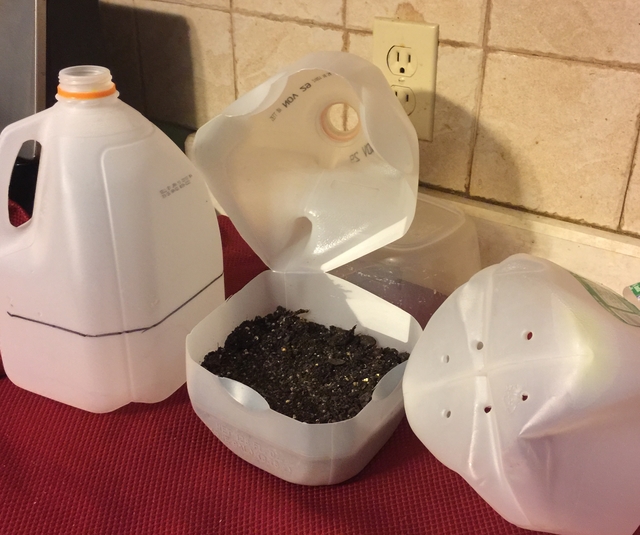
Winter Sowing
If you haven't tried winter sowing, you're in for a treat. This method is especially good for sowing herbs and greens. Winter sowing is basically sowing seeds in the bottom of a milk jug during the winter, setting the milk jugs outside for the winter and leaving them there until the seeds germinate in Spring.For a detailed article about Winter Sowing, click here.
Salad Tongs

Growing Radicchio Plants
Growing Temperature: 45-75 degrees. Light frosts sweeten the flavor.Can survive into the low 20's.
Plant Spacing: Space seedlings 6" apart. Mature size 8".
Container Size: 8"+ deep. Radicchio has shallow roots.
Sun/Shade: Mostly sunny. Likes part shade during the hottest part
of the day.
Soil: Can grow in a variety of soils. Prefers good drainage.
Watering: Consistent irrigation for the best flavor.
Fertilizing:
If fertilizing is necessary, a side dressing of high nitrogen (the first number on the N-P-K scale), lower phosphate (the second number on the N-P-K-scale) isrecommended when the plant is almost a third of the way through the season.

Growing Tips
- If the plant sends up a stalk instead of forming a head, cut off the stalk at ground level to encourage the formation of a new head.
- The bitter flavor is often due to hot weather.
Harvesting Radicchio
As soon as heads are firm and compact.Radicchio matures in approximately 3 months. It should be picked when it's mature, but not old.
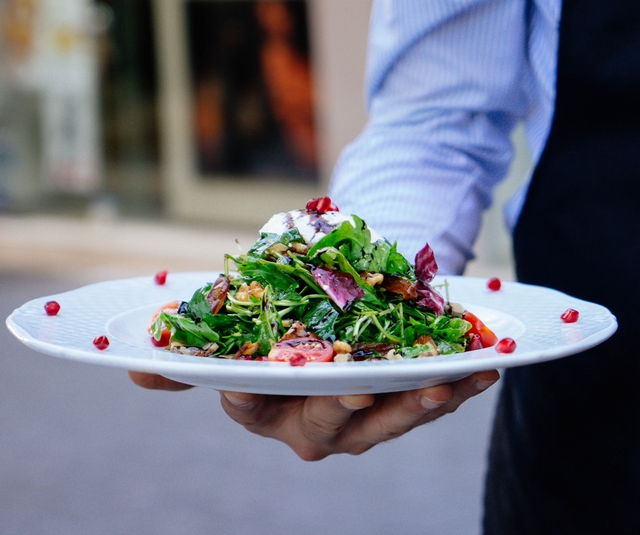
Using Radicchio
- Eat fresh or cook like Spinach.
- Core out the small heads and remove the center to create leafy bread.
- Radicchio's bitter flavor pairs well with the acidic sweetness of Balsamic Vinegar.
- Salt will counteract the bitter flavor and draw out the high sugar content.

Storing Radicchio For Later Use
Although tender green-leafed plants, like lettuce, cannot be preserved well, the thicker green-leafed plants can be.Fresh
- Clean and pat dry. Bundle stems lightly, place on a paper towel (to absorb moisture) and wrap in a plastic bag. Keeps in refrigerator for 10 days.
Freezing for Later Use in Chilis, Soups, Sauces, and Casseroles.
- Steam or saute' leaves, chop them and store in freezer bags.
- Puree with water and freeze into ice cube trays.
- Clean and dry the leaves and store in quart size freezer bags.
- Frozen leaves will keep for 6 months.
- Blanching the leaves for two minutes will extend freezer storage to 14 months.
To read the other articles in our Growing Your Greens series, click on the name below:
Swiss Chard
Check out our other great gardening articles: Click Here
Check out our hosta articles: Click Here
This post may contain Amazon affiliate links and as an Amazon Associate I earn from qualifying purchases without costing you anything extra.




